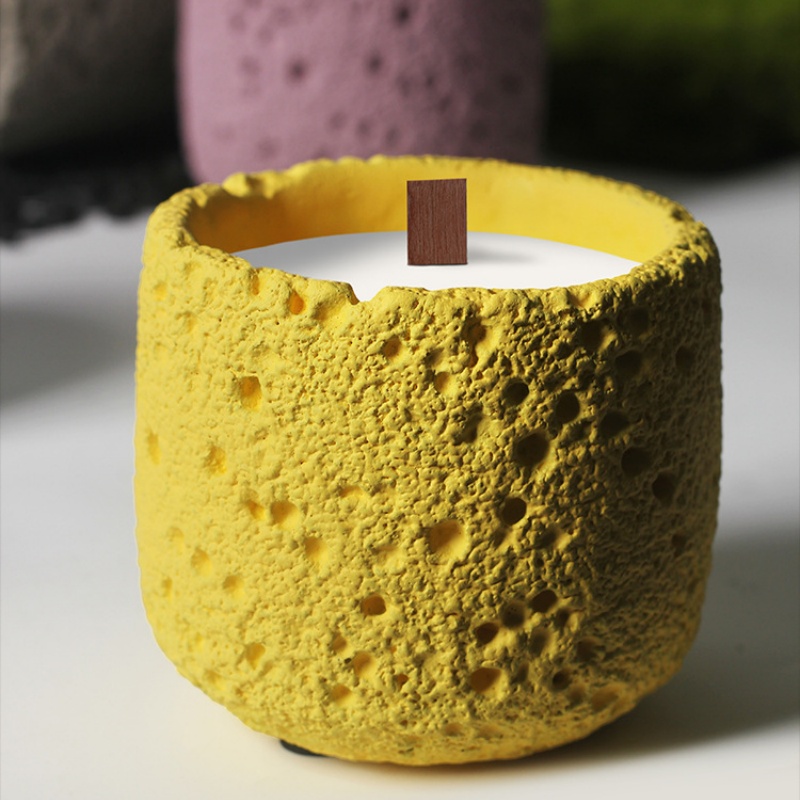Oriental Culture and Creativity Inspired Fragrance Journey | ScentSerenade
** Become a Homegrown Perfumer: Your Guide to DIY Vital Oils **.
(DIY Essential Oils: Crafting Them at Home)
Ever question just how those tiny containers of essential oils end up smelling so good? They’re like cure-alls from nature. Yet guess what? You don’t require an expensive lab or a fat budget to make them. With a couple of basic devices and some persistence, you can turn day-to-day plants right into your very own aromatic productions. Allow’s dive into exactly how to do it.
First, comprehend what vital oils truly are. They’re not oils in the typical sense. Instead, they’re concentrated extracts from plants– blossoms, leaves, also citrus peels. The goal is to record their aroma and advantages. Store-bought variations utilize complicated techniques like heavy steam distillation. However at home, we’ll stick to simpler strategies.
Start with the basics: mixture. This approach is best for novices. Order a service provider oil like olive or almond oil. These oils work as a base to hold the plant’s essence. Next, pick your plant product. Lavender buds, rosemary sprigs, or rose petals function terrific. Dry them initially. Fresh plants include moisture that can ruin the oil. Spread them on a tray for a day or two until crispy.
Currently, fill up a clean glass jar midway with your dried plants. Pour the provider oil over them up until fully submerged. Seal the container firmly. Allow it sit in a sunny spot for 2 weeks. Shake it carefully every few days. This helps the plants release their fragrance right into the oil. After 2 weeks, stress the oil through a cheesecloth into a dark glass container. Dark containers safeguard the oil from light, keeping it fresh much longer. Label it with the date and plant made use of. Done! You have actually made your initial infused oil.
Want something more powerful? Try cold-pressing. This functions finest for citrus peels. Grab an orange, lemon, or grapefruit. Laundry the fruit extensively. Utilize a grater to zest the external peel. Prevent the white component– it’s bitter. Area the enthusiasm in a container and cover it with provider oil. Let it sit for 24 hr. After that, mash the zest with a spoon to launch more oils. Stress the combination through a cheesecloth, pressing hard to get every drop. The outcome? An intense, tangy oil excellent for boosting diffuser blends.
Some plants need warm to unlock their magic. Steaming is a middle-ground approach. You’ll require a pot, a heat-safe dish, and ice. Location plant product in the pot with water. Place the dish ahead so it drifts. Cover the pot upside down, so the cover directs condensation into the bowl. Include ice in addition to the cover. As the water boils, vapor increases, carrying the plant’s important oils. The steam hits the chilly lid, turns to fluid, and trickles into the dish. This fluid is a mix of water and oil. Use a pipette to divide the oil layer. It’s a bit much more work, yet worth it for stronger aromas like eucalyptus or pepper mint.
A few pointers: Always make use of fresh, completely dry plants. Moisture types mold. Store oils in a trendy, dark place. They’ll last as much as six months. Tag every little thing– trust me, rosemary oil looks a great deal like thyme oil eventually.
Safety issues. Crucial oils are powerful. Never ever use them straight to skin without diluting. Mix a few drops with a tablespoon of service provider oil first. Test a little spot of skin to look for responses. Keep oils far from pet dogs– some can be unsafe.
(DIY Essential Oils: Crafting Them at Home)
Making important oils at home isn’t practically saving money. It has to do with connecting with nature, experimenting, and developing something uniquely yours. And also, envision the boasting legal rights when your homemade lavender oil beats the shop stuff. So plunder your yard, get hold of some containers, and start developing. Your inner perfumer is waiting.



